Nihon noir: Tom Blachford sheds light on Tokyo’s dark side

There’s nothing Tom Blachford won’t do to get the perfect shot: whether it be stealing onto a property in the dead of the night to unscrew an irksome lightbulb, or, in the case of his latest project, Nihon Noir, commandeering a 15-strong crew of highway repairmen to take him 20m into the air to capture the Nagakin Capsule Tower in Tokyo from an otherwise-impossible angle. The Melbourne-based photographer leaves little to chance, and even less to the editing room.
Blachford has been on our radar since Midnight Modern, his marvellous moonlit series of mid-century Palm Springs houses. The night-crawling artist has a knack for teasing out the uncanny, most recently travelling to Bolivia to capture Freddy Mamani’s fantastical buildings. Last year, Blachford was approached by Asahi Beer Australia and given an open brief to show a different side to Tokyo. ‘My goal for the series was to communicate the feeling that struck me the first time I visited Tokyo, that somehow you have been transported to this advanced and amazing parallel universe,’ says Blachford. ‘I wanted to inject some mystery into the city and have the images be as confusing and mysterious as the place feels to me every time I visit.’
The Australian photographer cites the ‘hyper-saturated palette’ of film director Nicolas Winding Refn as one inspiration for Nihon Noir – though it’s Blachford’s palpable homage to neo-noir sci-fi classic Blade Runner that ultimately shines. ‘The art direction and premise set out by the futurist Syd Mead is so dense and well thought out. We are two years away from the 2019 in which [Blade Runner] was set, and although we don’t live in off-world colonies just yet his subtle predictions about how our cities would grow are becoming true,’ Blachford told us. ‘The external augmentation of our buildings with air conditioners, pipes, ducts and cables as well as the density of the high rise buildings feel very much within what he predicted.’
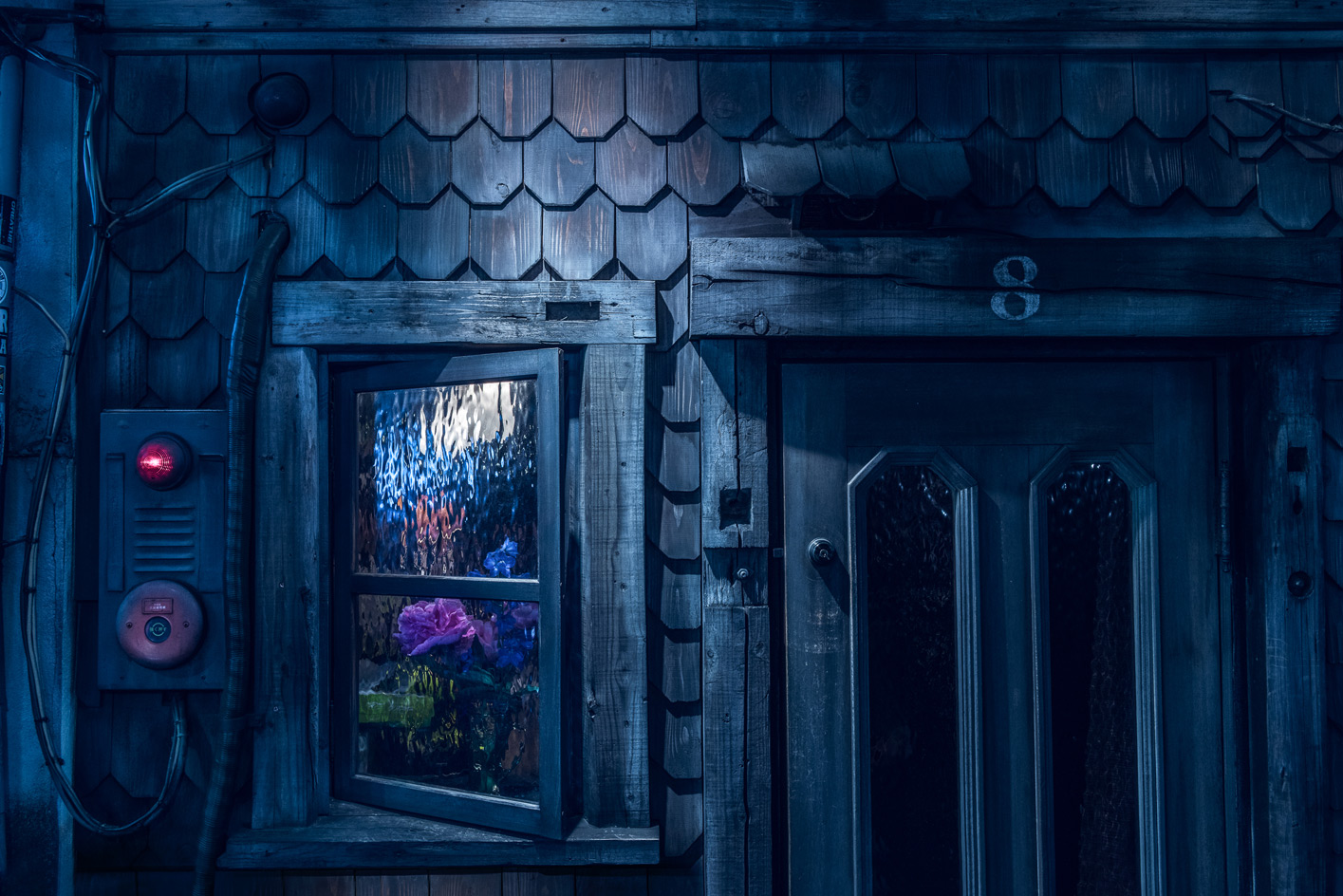
Detail of colours, textures and patina in Shinjuku
Japanese architecture certainly has its quirks. Tokyo’s skyline is a buffet of modern glass towers, and offbeat vestiges of architectural styles. ‘A few names popped up [in my research] – Shigeru Ban and Tadao Ando, of course – but the one that resonated with me most was Kenzō Tange,’ Blachford muses of the Pritzker Prize-winning architect’s work, which he described as ‘jaw dropping’. ‘I started researching some of his work which took me deeper into a study of the Metabolist movement that he was such an integral part of. I also stumbled across some later postmodern work from the 1990s, which just had the perfect futuristic feel.’
For six days straight, from 9pm until sunrise, Blachford trawled Tokyo accompanied by a videographer, working through a list of 20-odd buildings he had plotted on Google Maps. Through Blachford’s lens, Kiyonori Kikutake’s vast, cantilevered Edo-Tokyo Museum looks more monumental than ever, while the battleship profile of the New Sky Building looms large in another image. Even more intriguing are the detail shots of Tokyo, a textural treat of colours and patina. ‘In the end I couldn’t resist throwing a few tighter scenes into the shots of vistas that I just thought were impossibly beautiful scenes to find in such a dense urban environment,’ he says
The result is a series that finds an almost serene sense of order in the chaos of Tokyo. ‘It was a laser-focused mission,’ adds Blachford, ‘which I feel is easier to complete in a country like Japan where it seems everyone is so endearingly single-minded and hardworking towards to pursuit of perfection.’
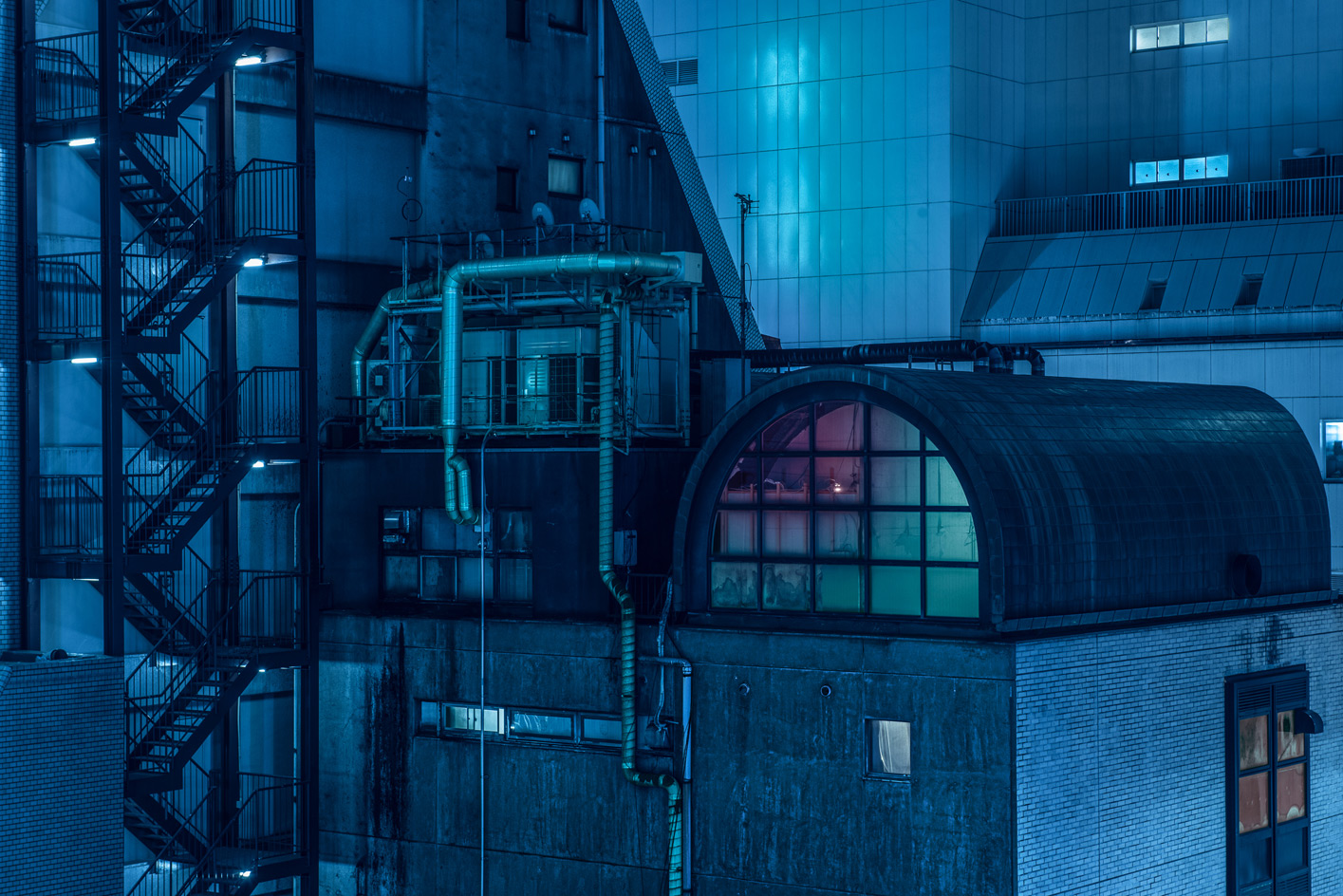
The title of this work, Deckard’s Den, is a direct nod to Blade Runner. Photography: Tom Blachford

Fuji TV Headquarters, 1990-96, designed by Kenzō Tange. Photography: Tom Blachford

Nakagin Capsule Tower, 1972, designed by Kisho Kurokawa. Photography: Tom Blachford
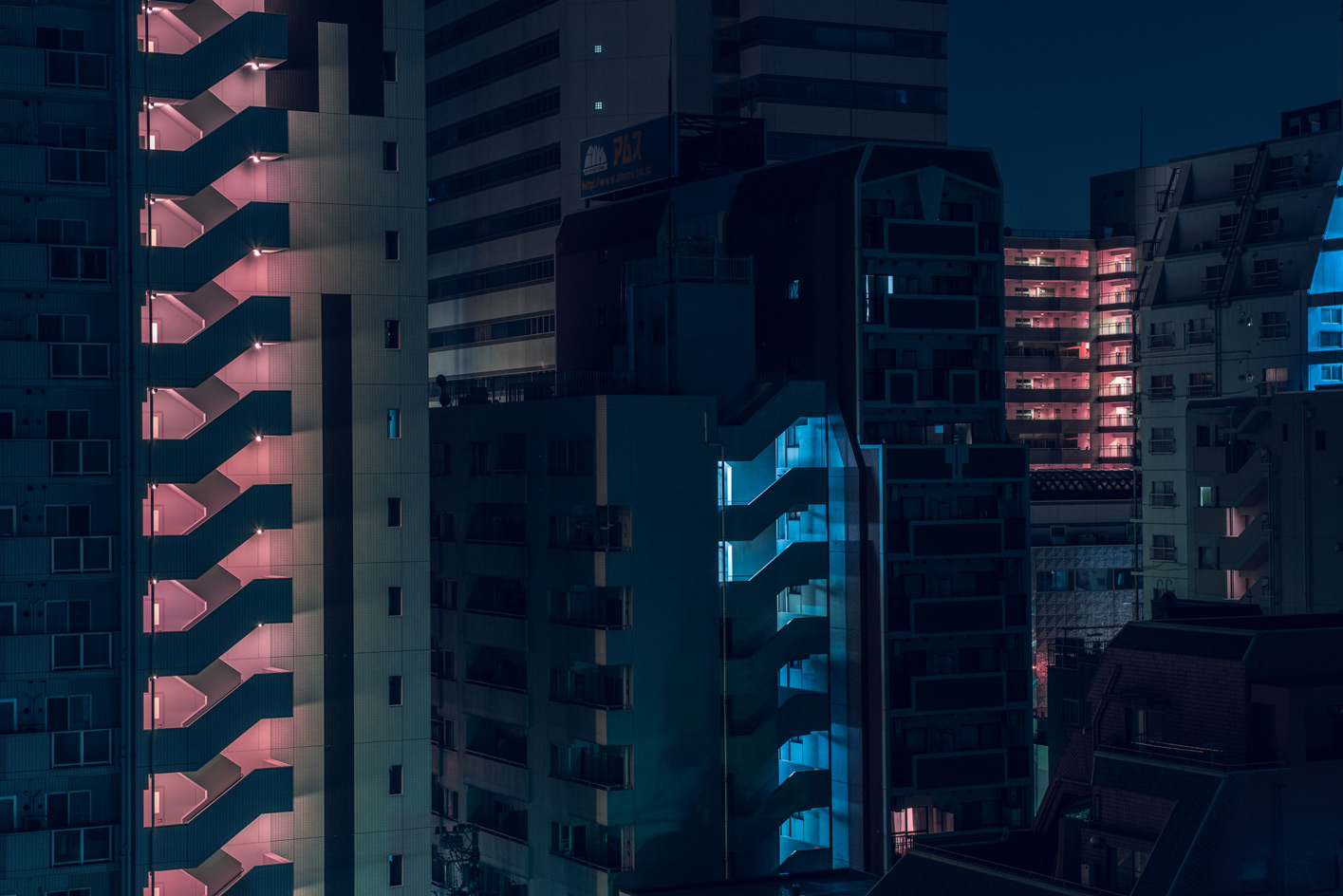
Blachford explains ‘he couldn’t resist throwing a few tighter scenes into the shots of vistas’. Photography: Tom Blachford
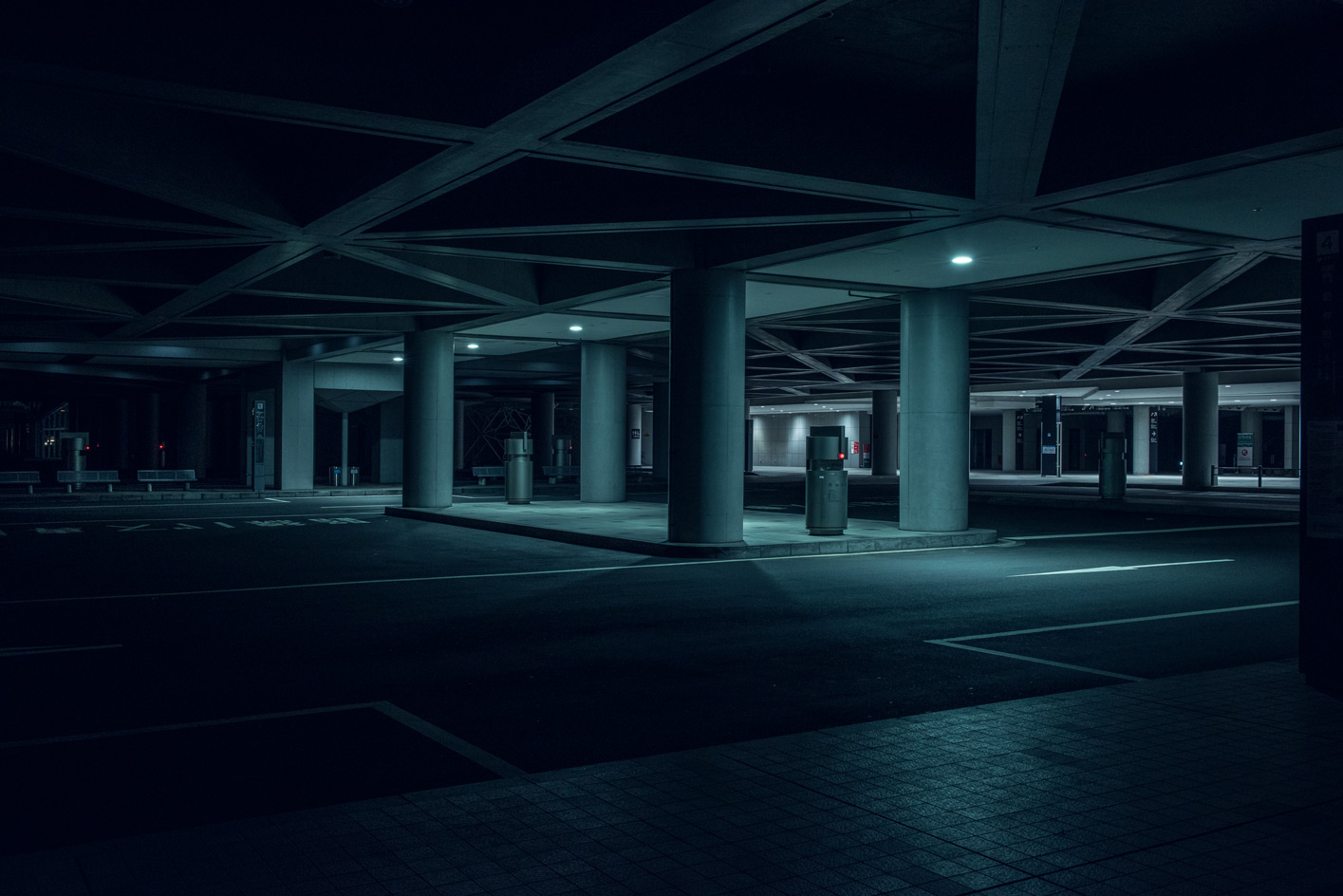
Robot-style fire sprinklers – which Blachford describes as both ‘adorable and terrifying’ – in the basement of Tokyo Big Sight. Photography: Tom Blachford

Shizuoka Press and Broadcasting Center, 1967, designed by Kenzō Tange. Photography: Tom Blachford
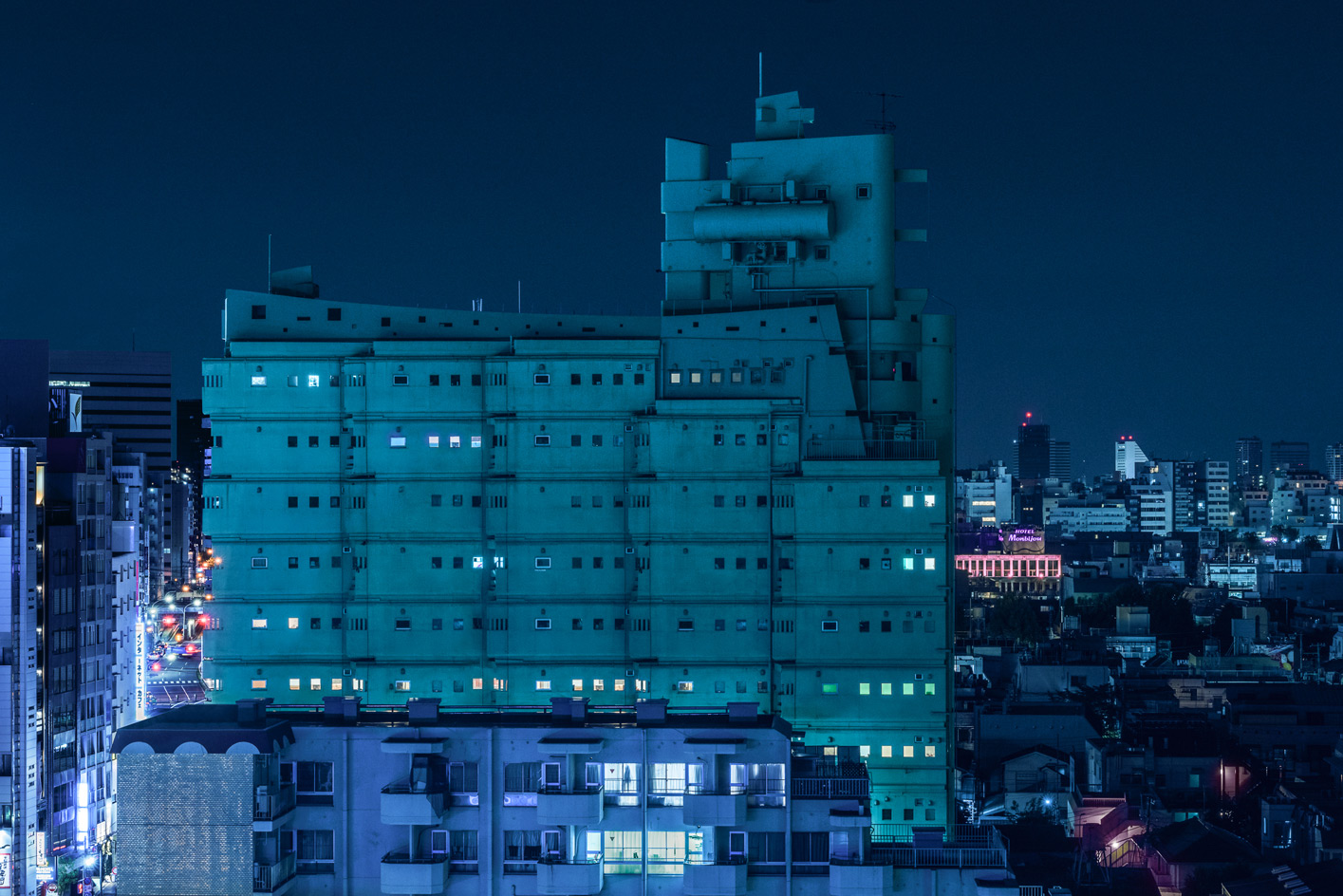
New Sky Building, 1972, designed by Yoji Watanabe. Photography: Tom Blachford

Asahi Beer Hall, 1989, designed by Philippe Starck. Photography: Tom Blachford
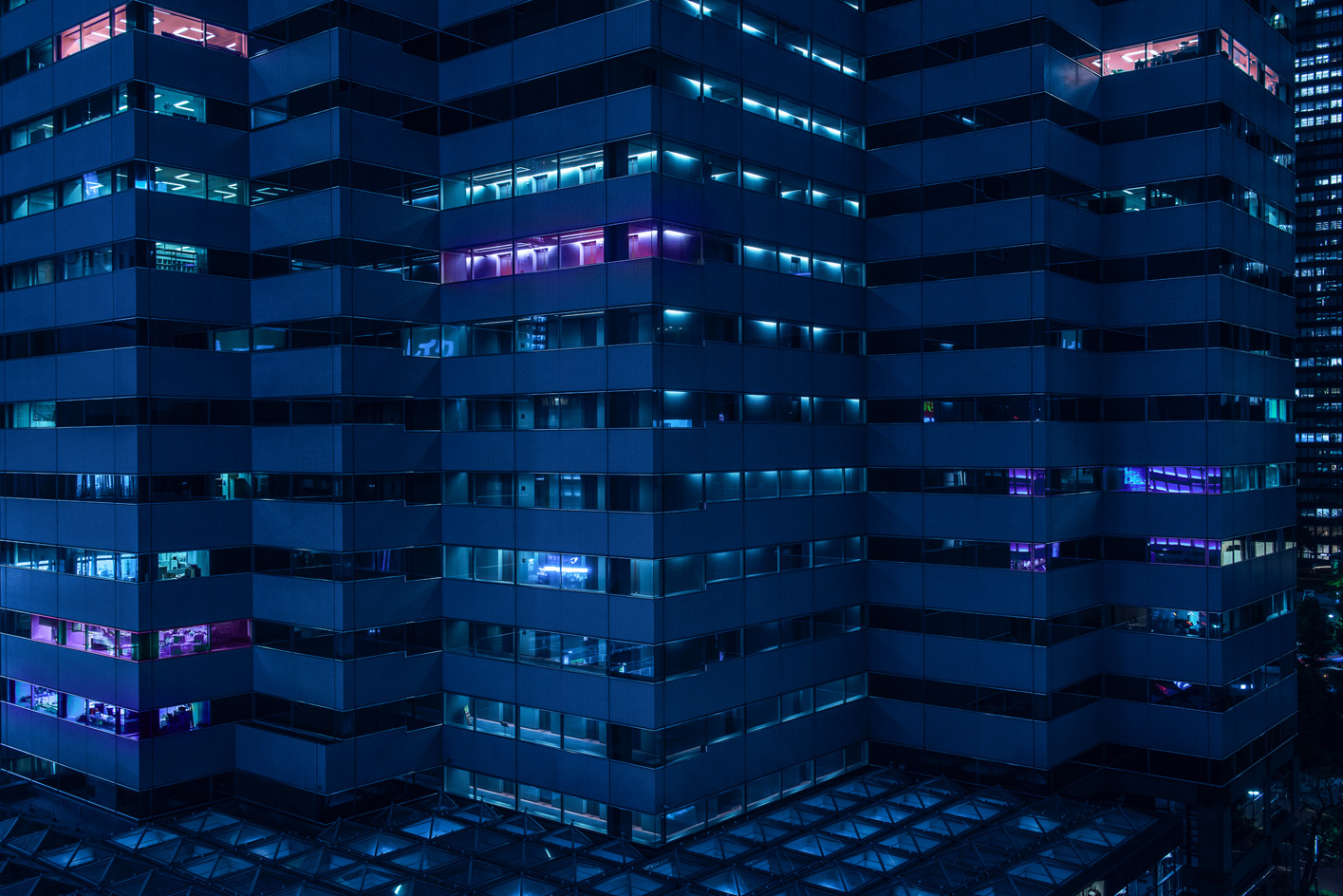
The Melbourne photographer has captured the diverse jumble of Tokyo’s architectural fabric. Photography: Tom Blachford
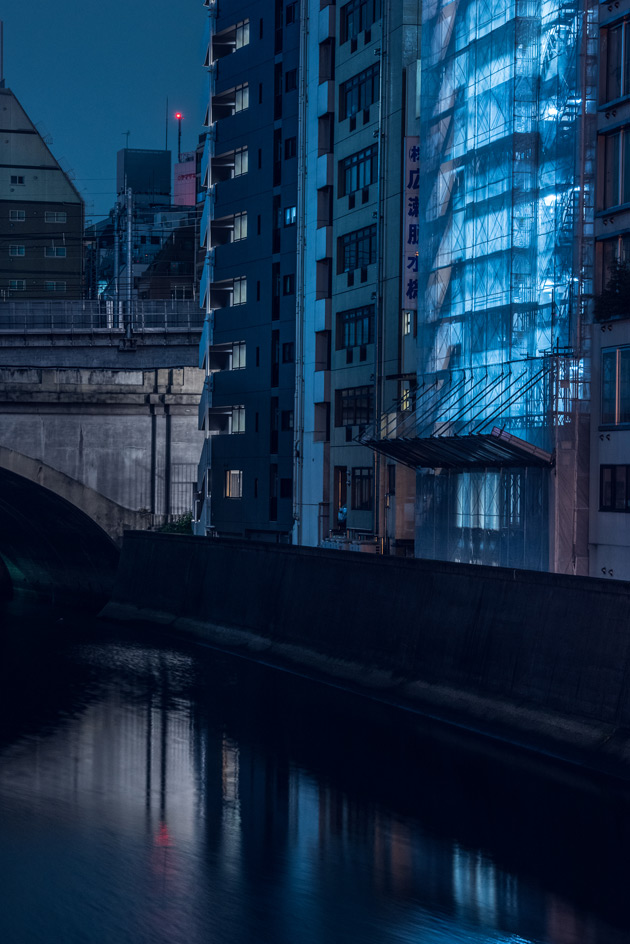
Blachford says of the gruelling week-long shoot, ‘In the end, asking nicely gave me access to every single rooftop, stairwell or crane lift I felt I needed to get the shot’. Photography: Tom Blachford
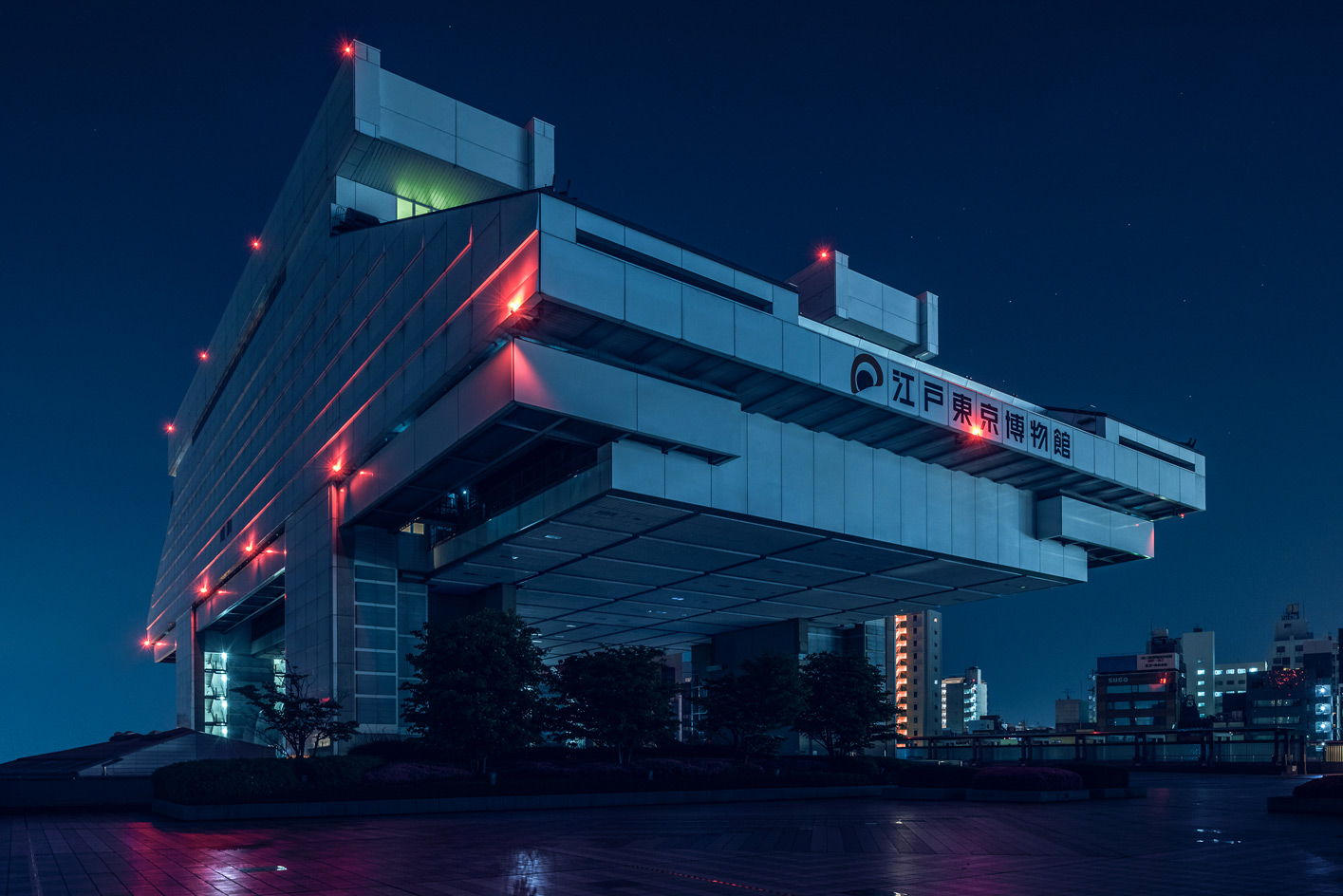
Edo-Tokyo Museum, 1993. Photography: Tom Blachford
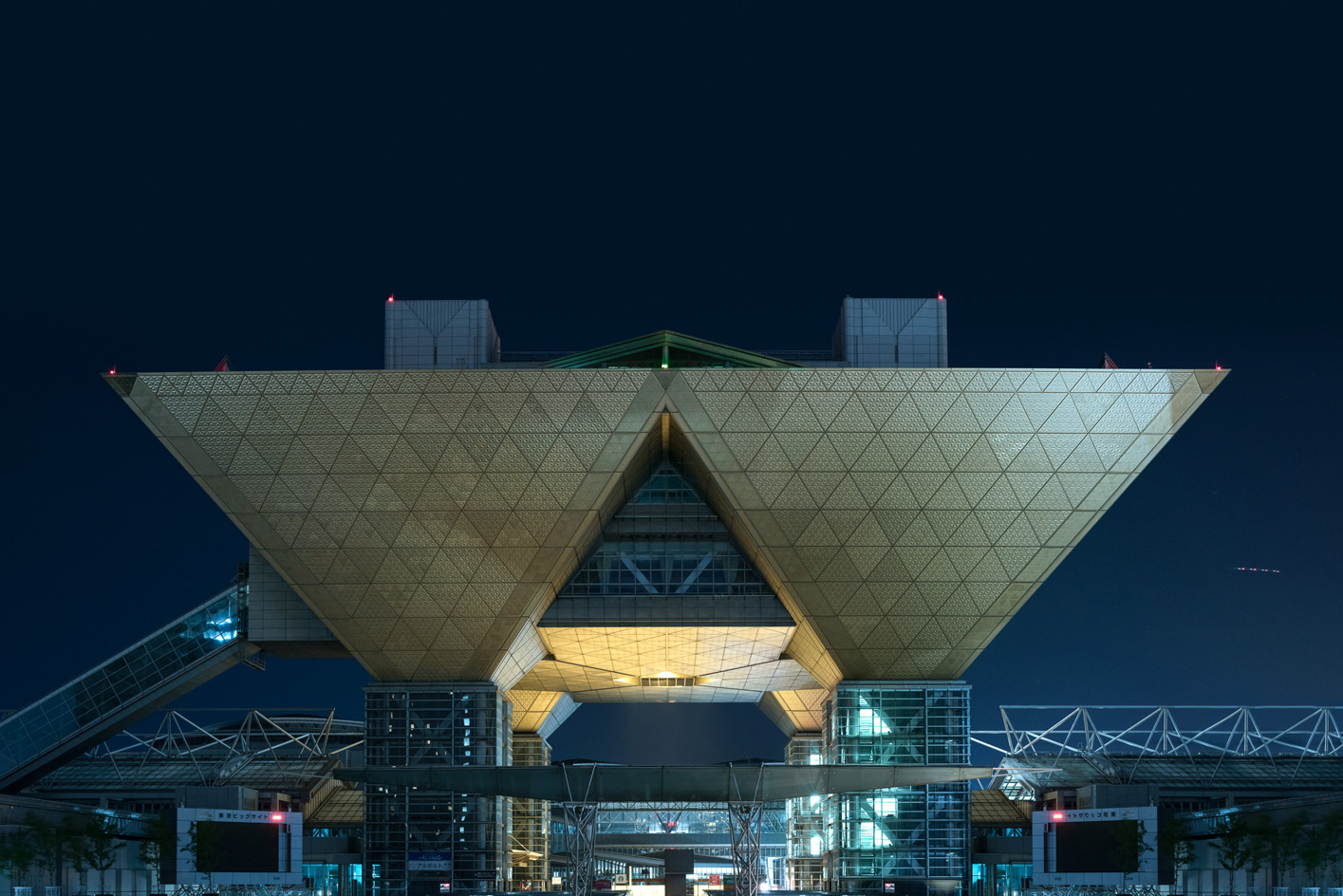
Tokyo Big Sight, 1996. Photography: Tom Blachford
INFORMATION
For more information, visit Tom Blachford’s website
Receive our daily digest of inspiration, escapism and design stories from around the world direct to your inbox.
-
 Year in Review: we’re always after innovations that interest us – here are ten of 2025’s best
Year in Review: we’re always after innovations that interest us – here are ten of 2025’s bestWe present ten pieces of tech that broke the mould in some way, from fresh takes on guitar design, new uses for old equipment and the world’s most retro smartwatch
-
 Art and culture editor Hannah Silver's top ten interviews of 2025
Art and culture editor Hannah Silver's top ten interviews of 2025Glitching, coding and painting: 2025 has been a bumper year for art and culture. Here, Art and culture editor Hannah Silver selects her favourite moments
-
 In Norway, remoteness becomes the new luxury
In Norway, remoteness becomes the new luxuryAcross islands and fjords, a new wave of design-led hideaways is elevating remoteness into a refined, elemental form of luxury
-
 Out of office: The Wallpaper* editors’ picks of the week
Out of office: The Wallpaper* editors’ picks of the weekIt’s been a week of escapism: daydreams of Ghana sparked by lively local projects, glimpses of Tokyo on nostalgic film rolls, and a charming foray into the heart of Christmas as the festive season kicks off in earnest
-
 Yuko Mohri’s living installations play on Marcel Duchamp’s surrealism
Yuko Mohri’s living installations play on Marcel Duchamp’s surrealismThe artist’s seven new works on show at Milan’s Pirelli HangarBicocca explore the real and imaginary connections that run through society
-
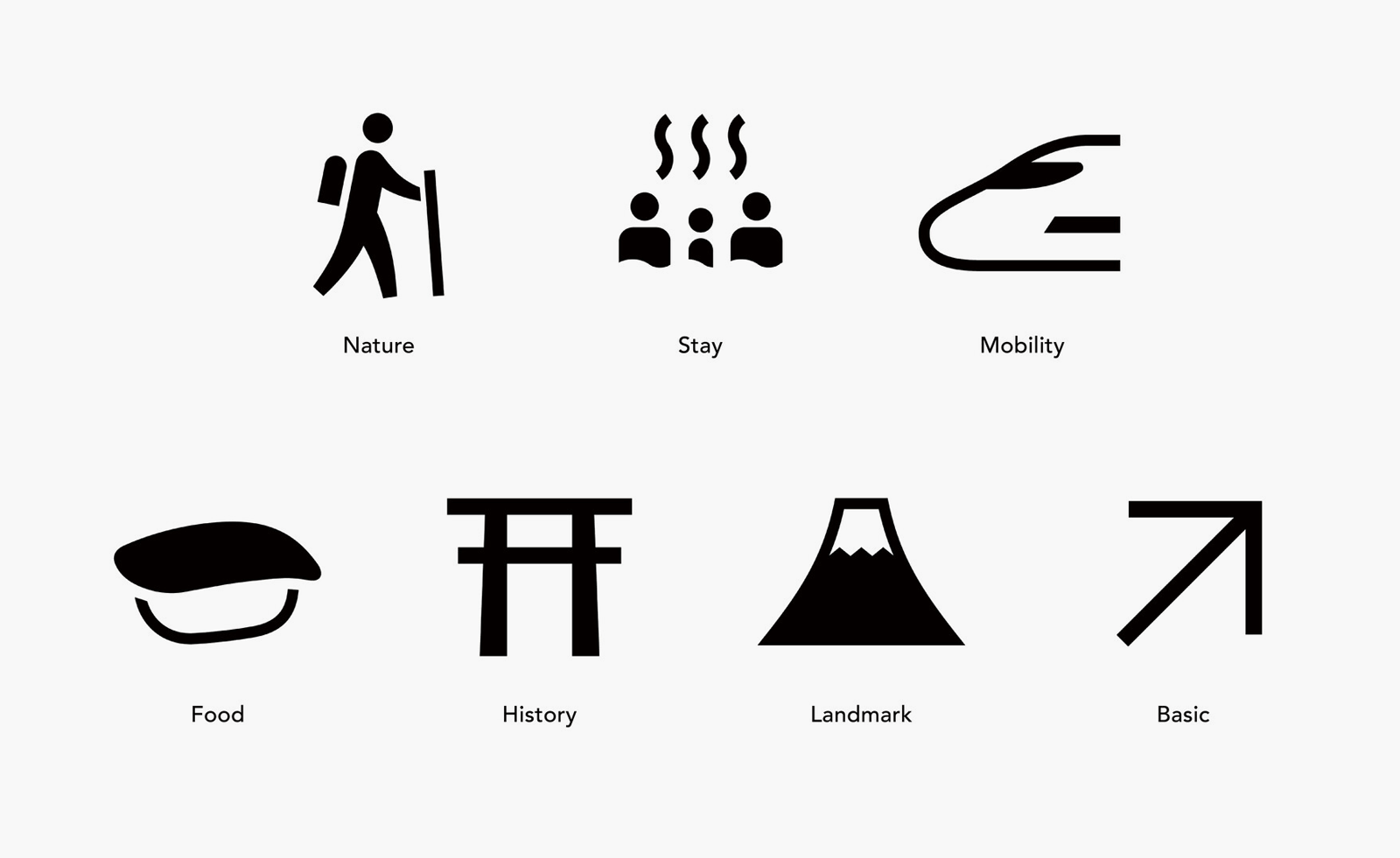 Get the picture? A new exhibition explores the beautiful simplicity of Japanese pictograms
Get the picture? A new exhibition explores the beautiful simplicity of Japanese pictogramsThe simple, minimalist forms of a pictogram are uniquely Japanese, as new exhibition 'Pictograms: Iconic Japanese Designs' illustrates
-
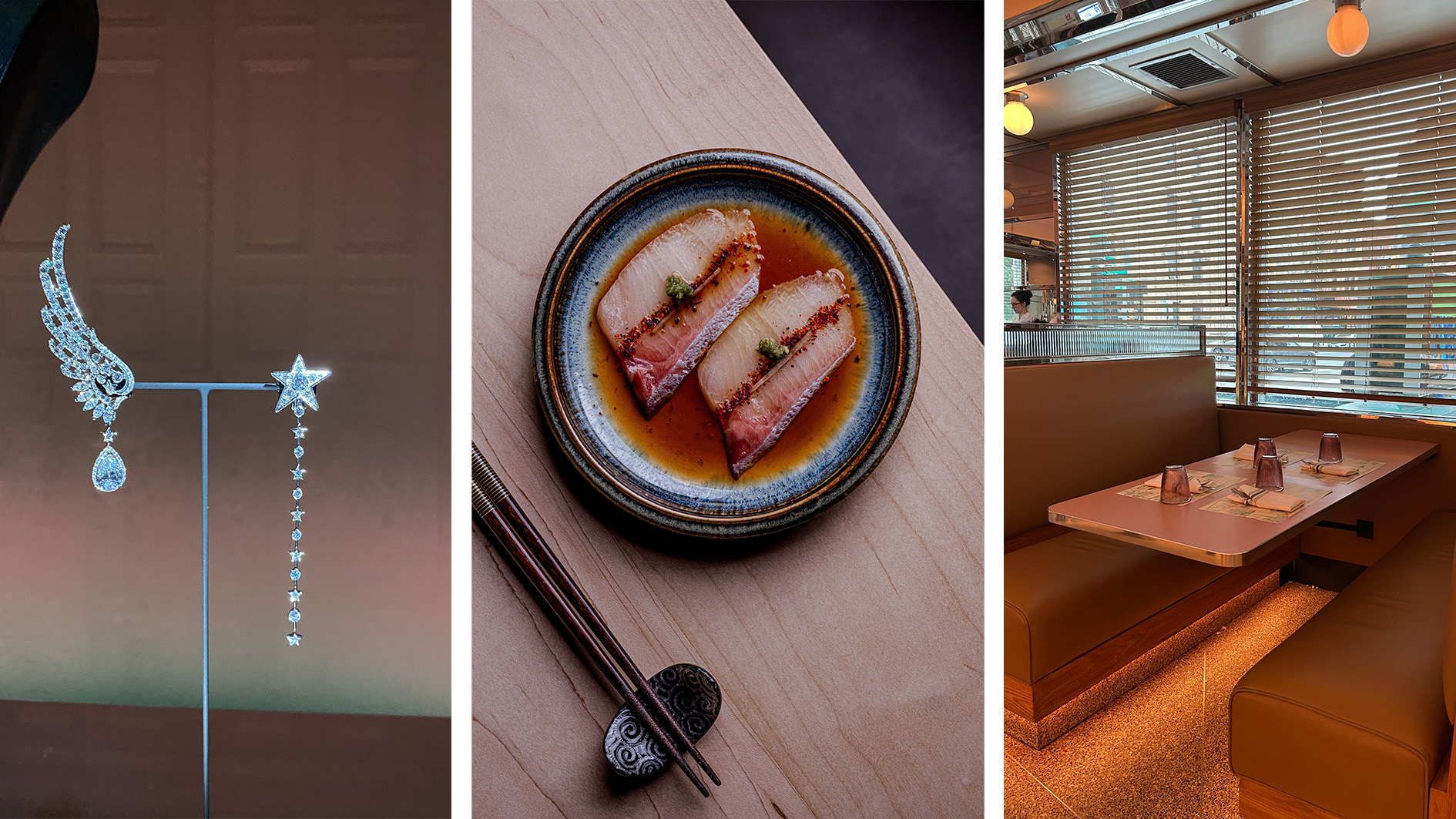 Out of office: the Wallpaper* editors’ picks of the week
Out of office: the Wallpaper* editors’ picks of the weekIt was a jam-packed week for the Wallpaper* staff, entailing furniture, tech and music launches and lots of good food – from afternoon tea to omakase
-
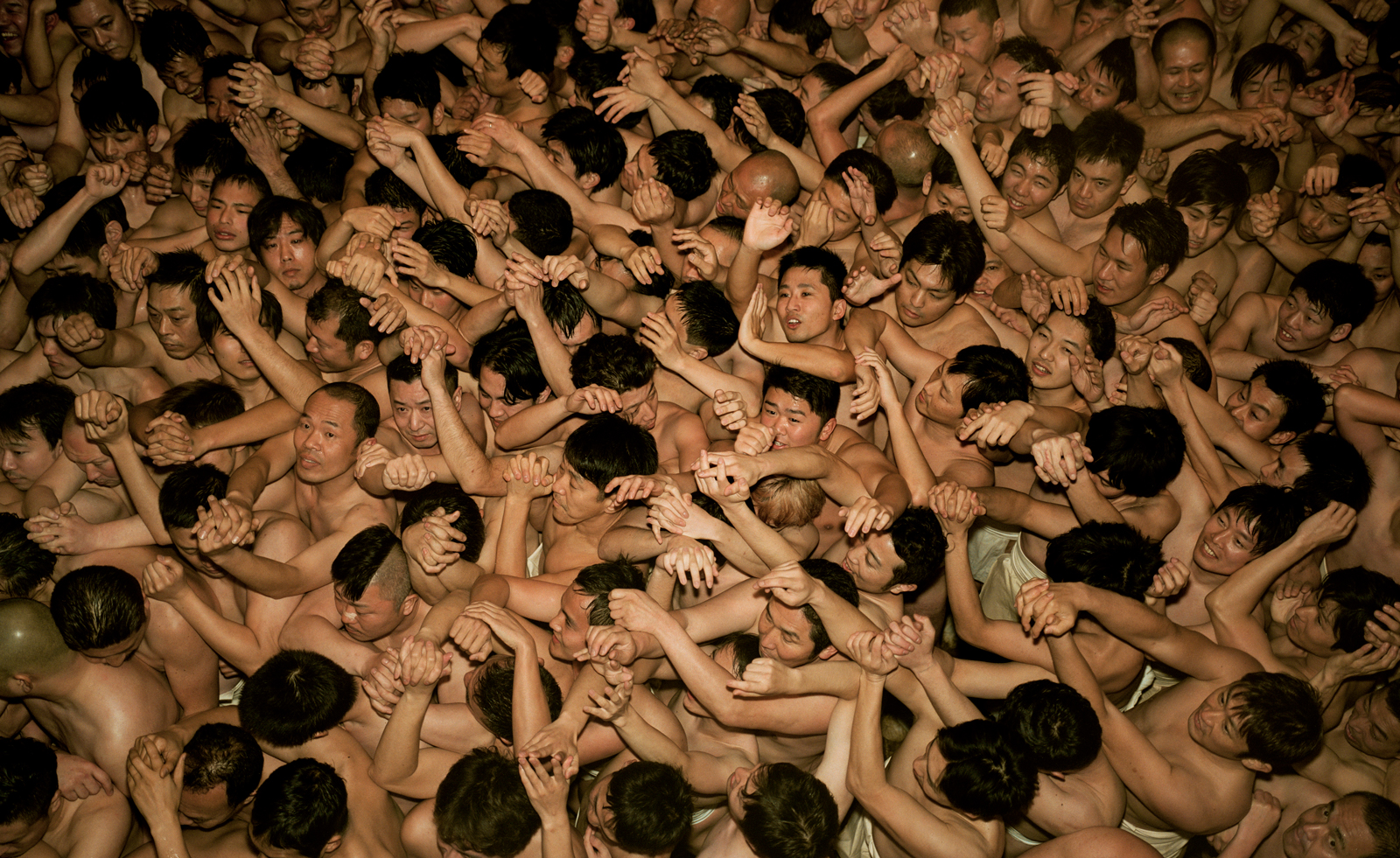 Inside Kyotographie, Japan’s world-renowned photography festival
Inside Kyotographie, Japan’s world-renowned photography festivalKyotographie 2025 embraces the theme ‘Humanity’ in Kyoto – Amah-Rose Abram reports with the highlights, from major and emerging photographers
-
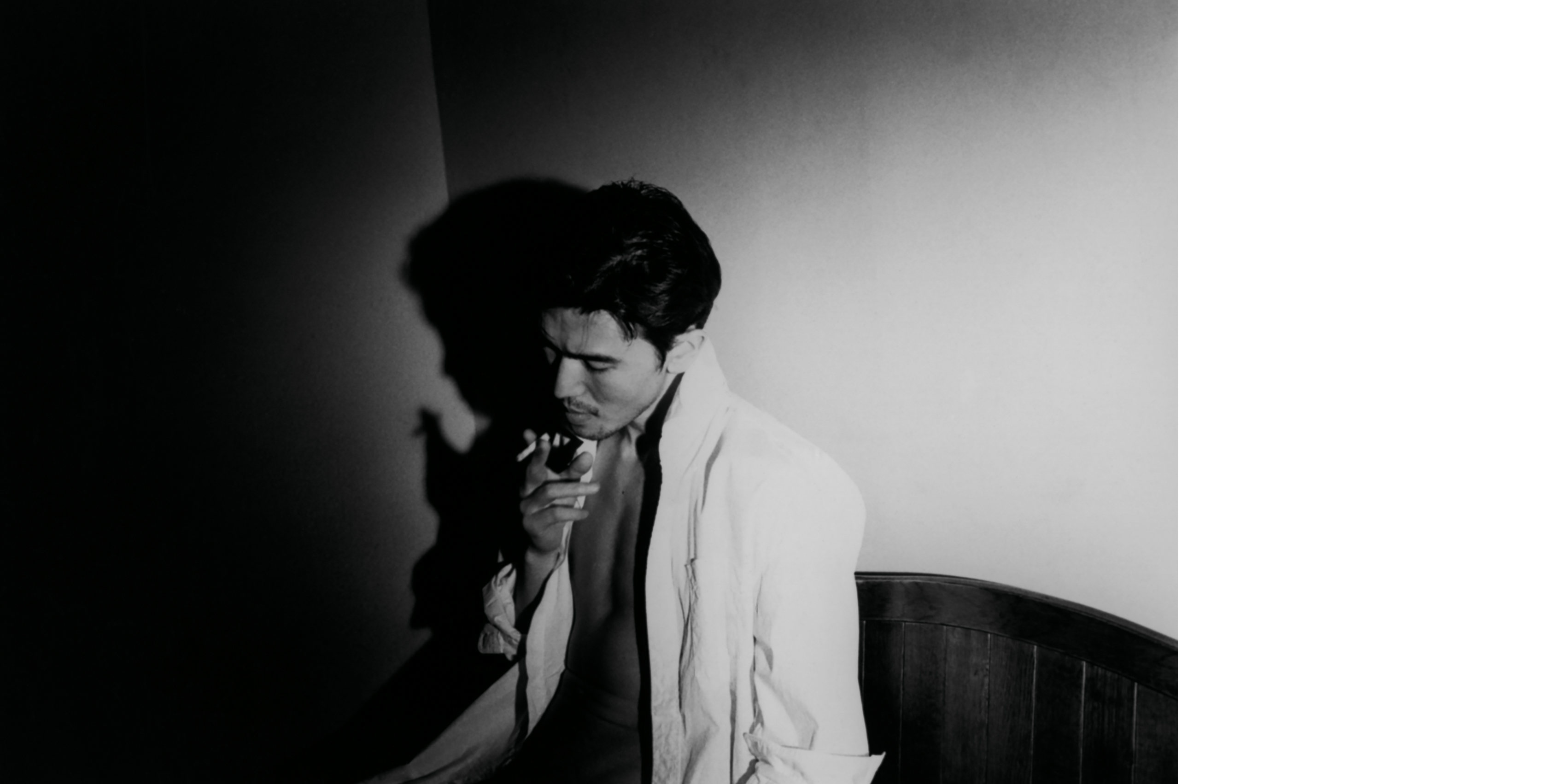 'I’m So Happy You Are Here': discover the work of Japanese women photographers
'I’m So Happy You Are Here': discover the work of Japanese women photographersSubtitled ‘Japanese Women Photographers from the 1950s to Now’, this new monograph from Aperture is a fascinating insight into a critically overlooked body of work
-
 Deathmatch wrestling’s behind-the-scenes moments and bloody glory
Deathmatch wrestling’s behind-the-scenes moments and bloody gloryA new limited-edition book explores the intersection between art and deathmatch wrestling at a sold-out show held in Tokyo
-
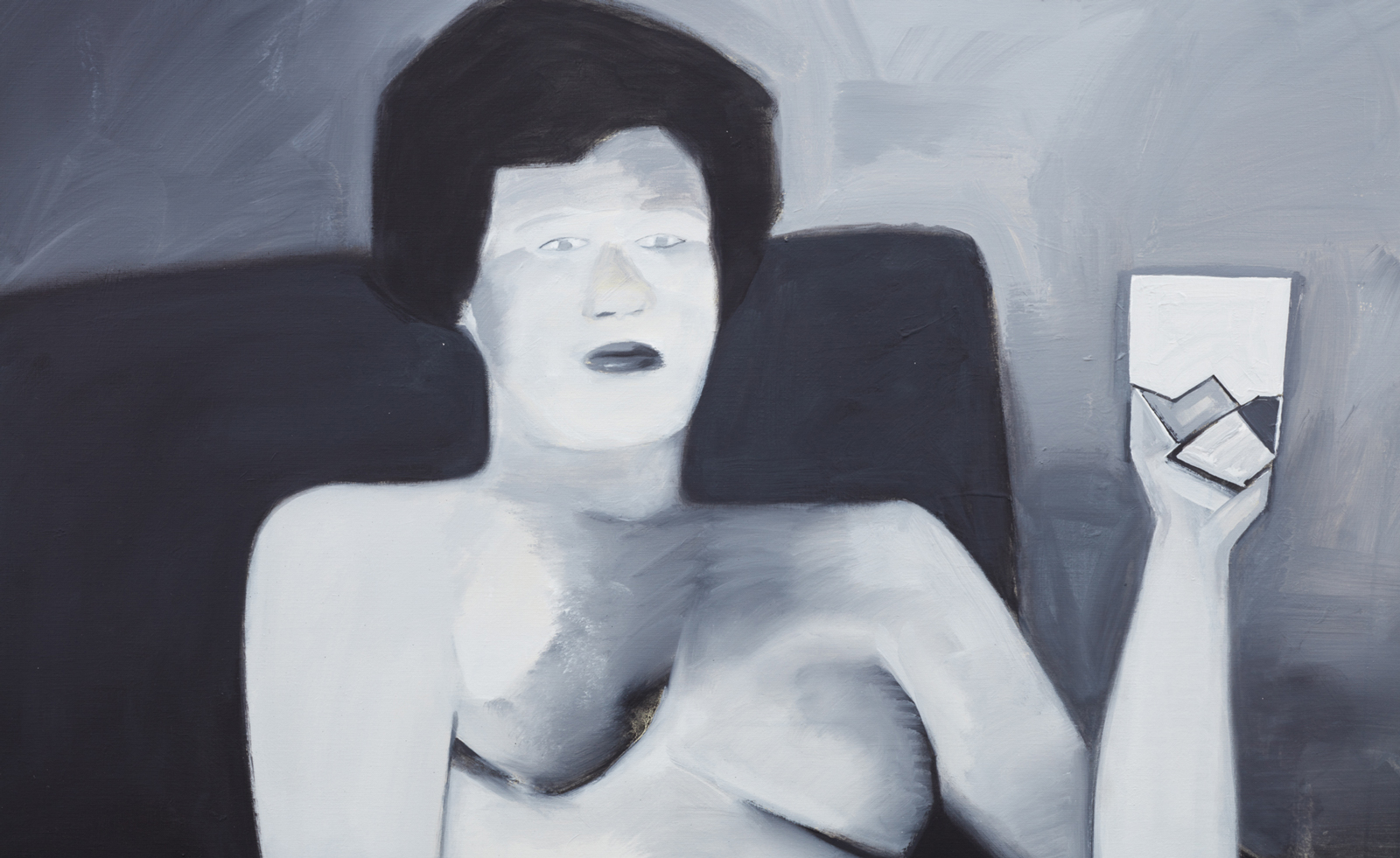 BLUM marks 30 years of Japanese contemporary art in America
BLUM marks 30 years of Japanese contemporary art in AmericaBLUM will take ‘Thirty Years: Written with a Splash of Blood’ to its New York space in September 2024, continuing its celebration of Japanese contemporary art in America